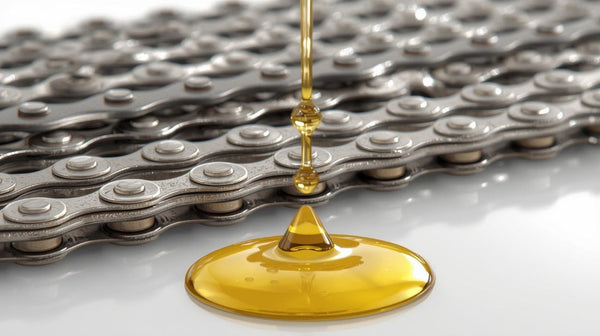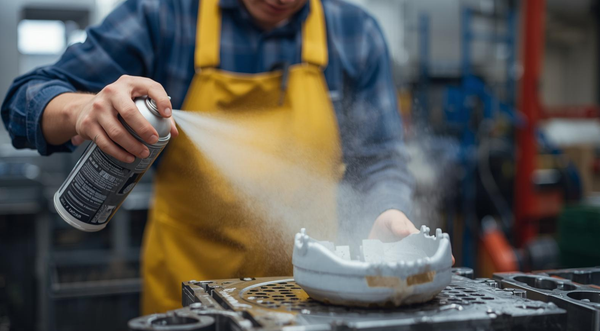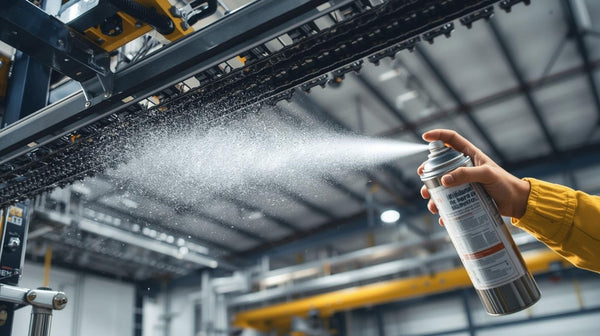
Where and how do we mine?
Molybdenum disulfide occurs naturally in the mineral molybdenite. The first mine dedicated to molybdenum was built at the end of the 19th century in Germany . The largest producer today is China . In Poland, molybdenum occurs mainly in the Myszków deposit, and signs of mineralization are also found in the Sudetes .

molybdenum disulfide? What is this?
Molybdenum disulfide also called molybdenum sulfide, denoted as MoS 2 . In its mass, it usually looks like a dark, shiny lump. The poor interlayer interaction allows the sheets to slide easily over each other, so it is often used as a lubricant. The development of technology at the beginning of the 20th century caused a large increase in interest in this metal.

The molybdenite shown in the picture above only after refining obtains the form we know it in the form of a powder used as a lubricant.
Uses and Links!

The principle of operation of molybdenum sulphide is based on the formation of sliding bonds. They slide under shear forces and are constantly reshaped, keeping a lubricating film on the metal surface.
POPULAR APPLICATIONS :
FOR PLASTICLUBRICANT COATINGSADDITIVES FOR SINTERED POWDERSOIL ADDITIVES |
LUBRICANTSLUBRICANT AEROSOLSMETAL COMPOUNDSNANO SWITCHESCOATINGS |
|
Molybdenum crystals have a hexagonal lamellar structure similar to graphite, boron nitride and tungsten disulfide Like most mineral salts, molybdenum has a high melting point, but begins to sublimate at a relatively low temperature of 450 ºC. This property is used to purify the compound. Molybdenum disulfide belongs to a group of materials that we call "transition metal dichalcogens" ( TMDCs ). Materials of this class have the chemical formula MX2 , where M is a transition metal atom (groups 4-12 in the periodic table) and X is a chalcogen (group 16). |
 |
Properties plate...

| Property | Result value |
| Particle Size (Fisher Number) | 0.7 - 0.85 μm |
| Bulk density | 0.4g/cm3 |
| Temperature in oxidizing environments | < 350ºC |
| Temperature in non-oxidizing environments | <1100 ºC |
| Semiconductor | Yes |
| Lubricating properties | Yes |
| Super lubricity or excessive lubricity | Yes |
| Contents | Max % by Tue |
| substances, undissolved acids | 0.31 |
| iron | 0.2 |
| Molybdenum trioxide | 0.014 |
| Water, moisture | 0.001 |
| Oil | 0.032 |
| Coal | 1.01 |
| Acid number (TAN) | 0.01 |
Threats
|
Hazard class |
Hazard Statement |
|
|
Acute toxicity, inhalation, category 4 |
H332 - Harmful if inhaled |
|
|
CAS 1317-33-5 |
EINECS 215-263-9 |
powder, pigment, lubricant |
|
CAS 12612-50-9 |
EINECS 235-721-1 |
molybdenum sulfide H 2 MoS |
|
CAS 1309-6-4 |
EINECS 215-172-4 |
MoS 2 only as molybdenite (MoS2), molybdenite (8CI), molybdenum ores |















